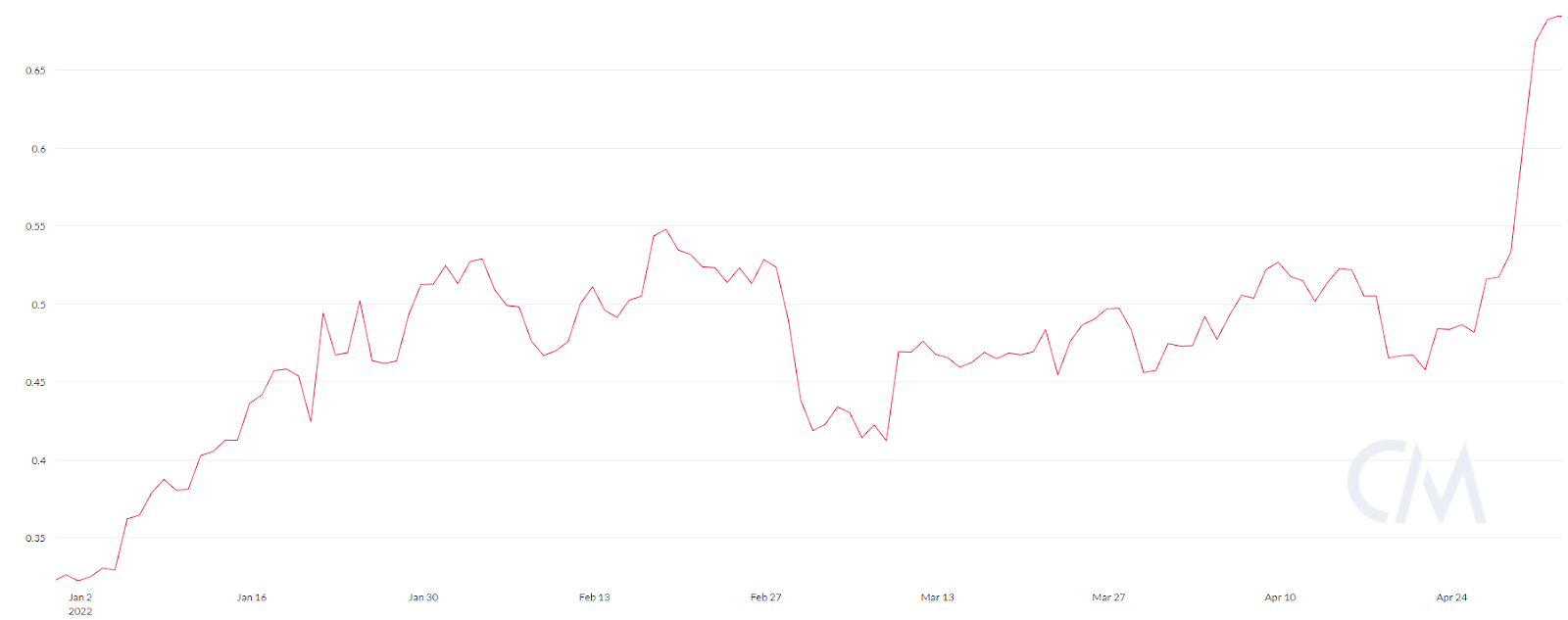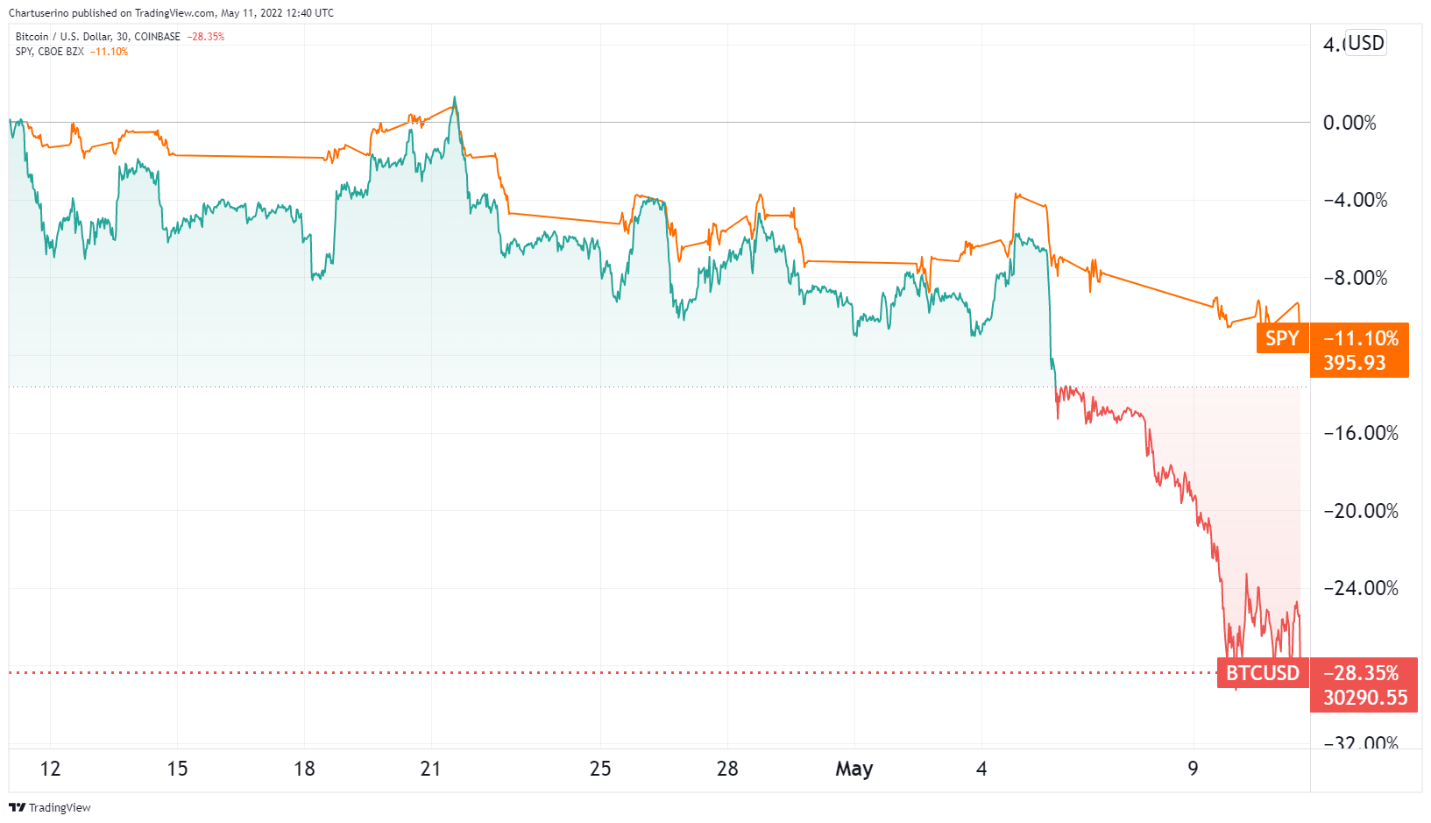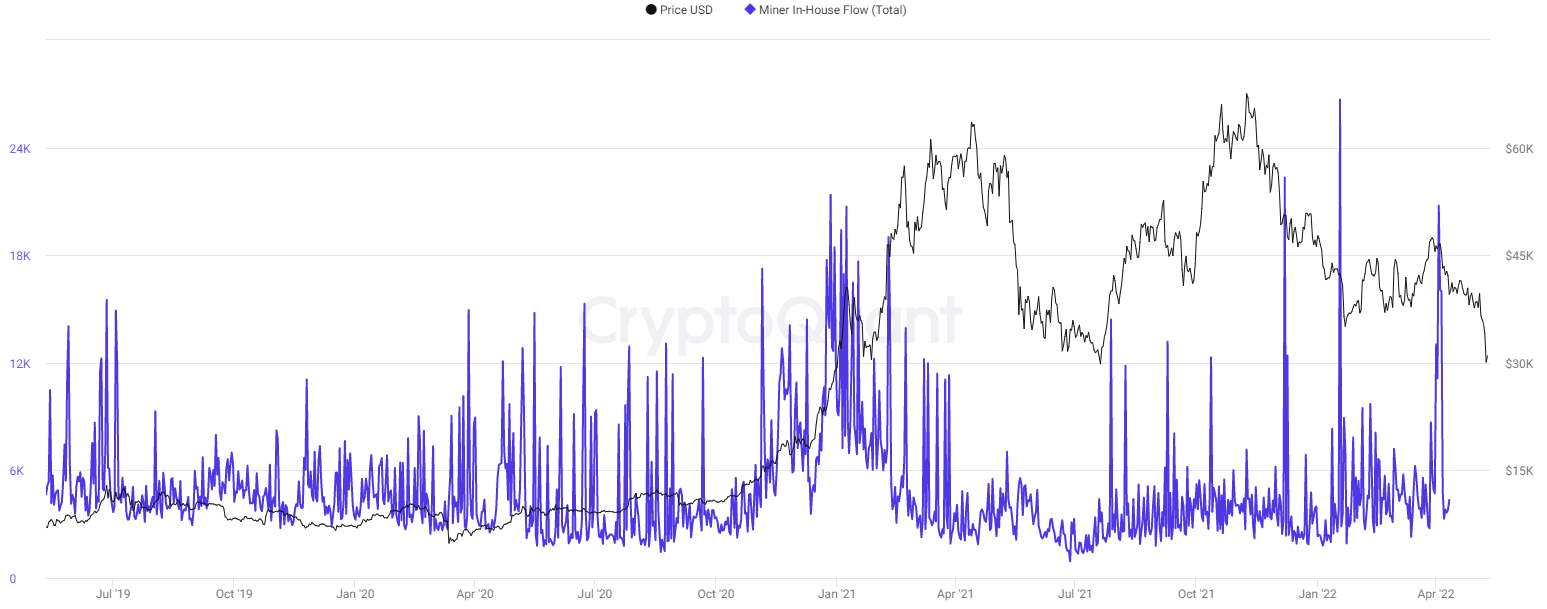Over a decade has passed since Bitcoin first hit the market in 2009. It took that long to convince people that a virtual asset can have value, one that is not backed by a physical asset, a government, or a central bank. The total cryptocurrency market cap reflects this persuasion period. Bitcoin has been the sun of the crypto solar system, with all other digital assets revolving around it.

As illustrated in the chart above, the turning point happened in 2018. Any new technology tends to follow a similar pattern. The first wave of early adopters keeps the interest alive, which is then picked up by businesses and, later, institutional investors. When the latter happens, they boost the buy-in signal, effectively legitimizing untested tech for those still uncertain about taking the plunge.
That is precisely what happened with Bitcoin as it popularized blockchain technology. Initially, BTC was very difficult to access. However, several different Bitcoin wallet styles are available today, making the tech easier and more convenient to access. In a similar evolutionary light, venture capital (VC) money has begun to pour into blockchain projects in a big way.
VCs invested a total of $28 billion into the crypto space in 2021. In the first quarter of 2022, that figure reached $10 billion.
The last two years have been particularly active as people took advantage of crypto volatility to land on the upside. In turn, such activity created a feedback loop between retail and institutional investors. US monetary policy further boosted exploration into new crypto frontiers as fears grew that pumping trillions into the economy would not turn out well.
Fast forward to 2022, and we are left with predictable outcomes. A massive money supply increase triggered a 40-year-high CPI inflation rate of 8.5%, which recently subsided to 8.3%. Equally predictably, the Federal Reserve is trying to reverse the damage with monetary tightening policies. Specifically, the Fed is trying to cool down an overheated economy by increasing interest rates and shrinking its balance sheet.
This is bad news for the equity market, which has recently become familiar with cheap liquidity through borrowing. However, it turns out that this is also bad news for the crypto market.
Relationship Between Bitcoin And the Equity Market
It is safe to say that Bitcoin turned into a different project from its original vision. Pseudonymous Satoshi Nakamoto created Bitcoin as a “peer-to-peer electronic cash system”, largely to counter central banking. He made this clear by embedding the following message in Bitcoin's Genesis block:
"The Times 03/Jan/2009 Chancellor on brink of second bailout for banks."
Yet, as more money poured into Bitcoin from Wall Street and Wall Street-adjacent sources, Bitcoin turned into a different animal. Instead of an electronic system of cash, or even a hedge against inflation, Bitcoin has turned into a risk-on, stock-like asset.
In 2022, this correlation has become more apparent than ever. If we compare Bitcoin to the equity market representative, the S&P 500 index, the two assets have reached an all-time-high synchronization.

Consequently, because the Fed’s monetary tightening policy adversely affects the equity market’s access to cheap borrowing, Bitcoin, too, feels the central bank’s blow. Moreover, at a $38.3 trillion market cap representing the wealthiest companies with the deepest pockets, the S&P 500 has a much larger psychological cushion than novelty Bitcoin, which currently has a roughly $600 billion market cap. As a result, the fall is much steeper for Bitcoin.
From its all-time high in November, Bitcoin has fallen by 56%. This occurred during a period of accelerated US inflation, which means that the world saw the devaluation of the US dollar in real-time, in no uncertain terms. Yet, the Fed's tightening policy prevailed over that perception. What does that mean for Bitcoin and the crypto market going forward? Did Bitcoin really fail as an inflation hedge, as appears to be the case?
From Decentralized P2P Money To Stock-Like Asset: Can Bitcoin Redeem Itself?
You may have noticed that people tend to talk of assets as self-contained entities. Just in the title above is the question, "Can Bitcoin Redeem Itself?". While this shorthand way of framing things may be elegant, it obfuscates reality.
Bitcoin is not a thing per se but a signal-receiving platform. Institutional investors flooded it with their signals. In turn, the Fed also emitted its own signals. Likewise, retail investors absorbed their signals into a panic sell-off, exiting the crypto market at a loss.
Those investors who are more resilient to signaling will remain, resetting Bitcoin as an asset held by long-term holders while short-term holders leave the market. This is apparent with Bitcoin miners in particular, as their accumulation activity tends to increase whenever the price of BTC tumbles.

This has also been noted by Glassnode, whose data suggests short-term holders have largely been selling BTC while long-term holders have been consistently buying BTC since the summer of 2021. Further, long-term holders make up a notable percentage of BTC holders since 66% of Bitcoin’s total supply has not moved in the last year.
It’s still so early for Bitcoin. While it was originally envisioned as a new form of digital cash and has been touted as a digital gold inflation hedge, its correlation with the S&P 500 suggests investors currently see it as a tech stock.
On-chain data suggests that long-term holders see something different, however.
